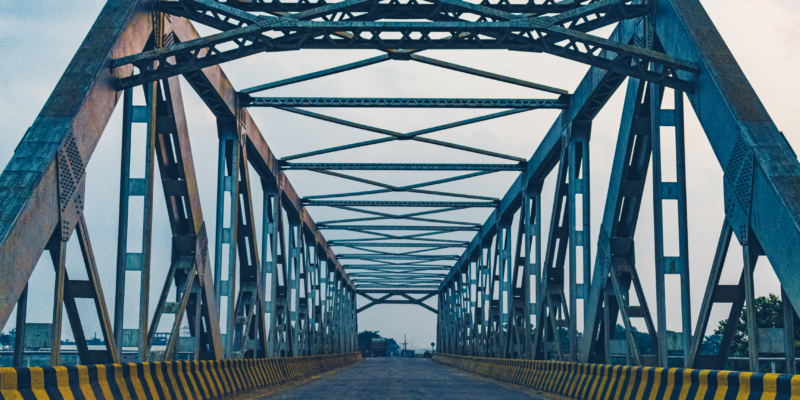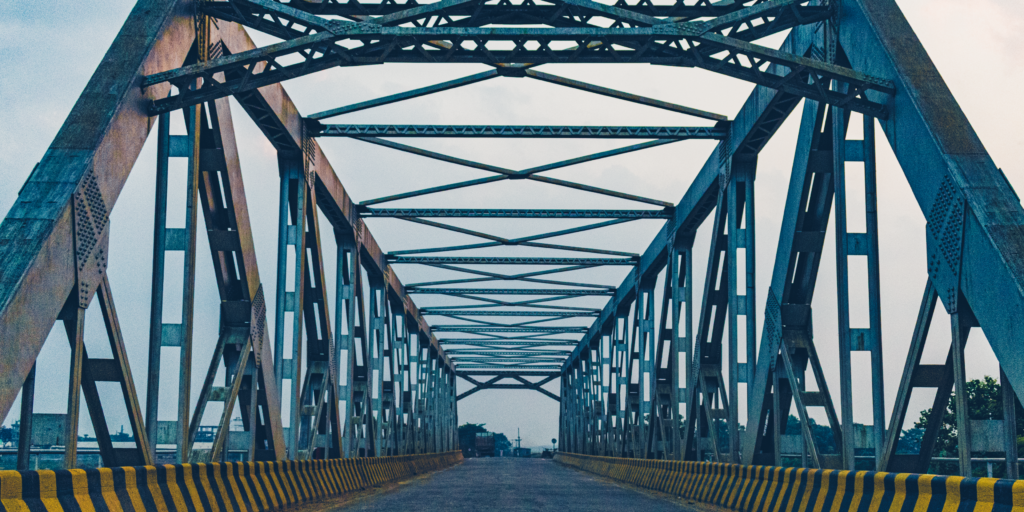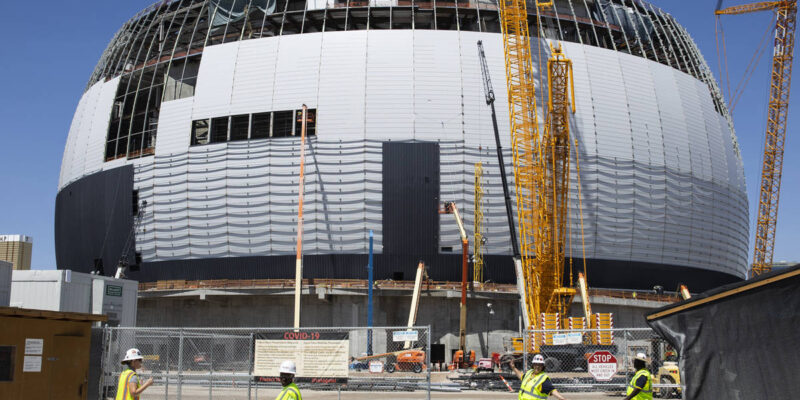If you own your own construction business or work in the construction industry, you know that there has been a significant surge in material costs, posing challenges for businesses across the sector. Understanding the factors driving these cost increases and implementing effective cost management strategies are essential for construction businesses of all sizes to navigate this challenging landscape without compromising on quality. Let’s delve into the reasons behind the rise in construction material costs and explore practical ways for businesses to mitigate these challenges while maintaining the integrity of their work.
Factors Driving the Increase in Construction Material Costs
Supply Chain Disruptions
Disruptions in global supply chains, exacerbated by the COVID-19 pandemic four years ago, have led to shortages and delays that we are still seeing today in the production and transportation of construction materials. Factors such as factory closures, labor shortages, and logistical challenges have contributed to supply chain bottlenecks, driving up material costs.
Rising Demand and Economic Recovery
As local, state, and national economies rebound from the effects of the pandemic, there has been a surge in demand for construction materials, particularly in sectors such as residential housing and infrastructure development. Increased demand, coupled with limited supply, has created upward pressure on prices.
Escalating Raw Material Prices
The cost of raw materials such as lumber, steel, cement, and copper has skyrocketed due to a combination of factors, including increased demand, supply constraints, and inflationary pressures. Fluctuations in commodity prices and geopolitical tensions (like the ongoing conflicts in Ukraine and the Middle East) have further exacerbated price volatility.
We know how hard it can be for construction companies right now, especially for smaller businesses. That’s why we’ve put together these strategies for construction businesses to decrease costs.
Cost-Cutting Strategies for Construction Businesses
Strategic Procurement and Supplier Relationships
Foster long-term relationships with reliable suppliers and negotiate favorable pricing terms based on volume commitments and payment terms. Explore alternative sourcing options and diversify your supplier base to mitigate the impact of supply chain disruptions.
Optimize Material Usage and Waste Reduction
Implement efficient inventory management practices to minimize material waste and optimize usage. Utilize advanced technologies such as Building Information Modeling (BIM) and prefabrication to streamline construction processes and reduce material waste on-site.
Embrace Sustainable and Cost-Effective Alternatives
Explore sustainable building materials and construction techniques that offer cost savings without compromising quality. Consider alternatives such as recycled materials, modular construction, and energy-efficient technologies that can reduce long-term operational costs.
Invest in Technology and Innovation
You know we love technology at Steadfast Entities, LLC, and part of the reason why is because it can save you money! Leverage technology solutions such as construction management software, project tracking tools, and drones for site monitoring to enhance productivity and efficiency. Automation and digitization of workflows can streamline operations, reduce labor costs, and improve project outcomes.
Continuous Training and Skill Development
Turnover costs businesses thousands every year. Invest in training programs and professional development initiatives to upskill your workforce and enhance productivity, and give them the opportunity to grow and learn. Equip your team with the knowledge and expertise to leverage new technologies and construction methods effectively.
Collaborative Project Planning and Value Engineering
Engage in collaborative project planning sessions with stakeholders to identify value engineering opportunities and cost-saving measures without sacrificing quality. Evaluate design alternatives, material substitutions, and construction methodologies to optimize project costs while meeting project objectives.
While the surge in construction material costs presents significant challenges for businesses, proactive cost management strategies can help mitigate these challenges and maintain competitiveness in the marketplace. By optimizing procurement practices, embracing innovation, and fostering a culture of continuous improvement, construction businesses can navigate the current landscape successfully while delivering high-quality projects that meet client expectations. Adapting to evolving market dynamics and embracing sustainable and efficient construction practices will be key to long-term success in the construction industry.
Looking for great prices on the most up-to-date equipment rentals? Contact Steadfast Entities, LLC, today! We prioritize sustainability, utilizing technology, and staffing with IUOE Local 542, who are thoroughly trained to help you get the job done safely, efficiently, and right the first time. Let’s see what we can build together.












